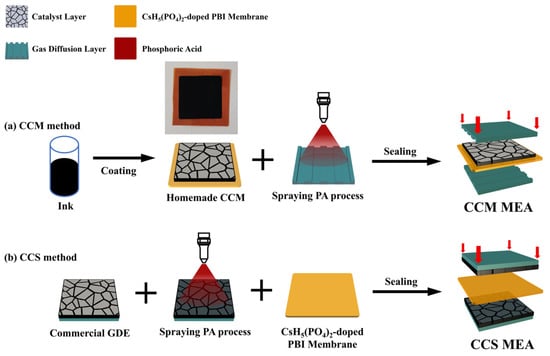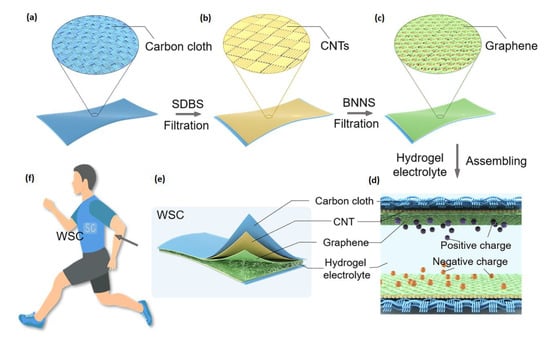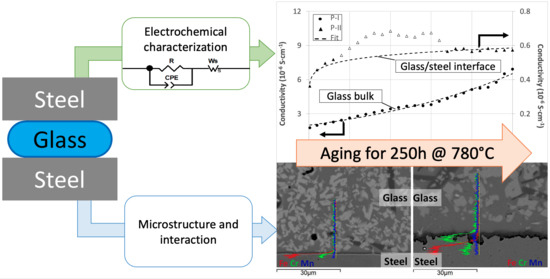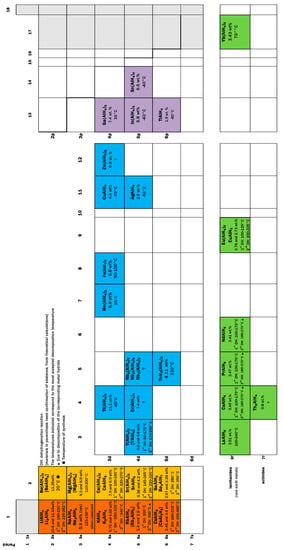Materials and Technologies for Hydrogen and Fuel Cells
A topical collection in Materials (ISSN 1996-1944). This collection belongs to the section "Energy Materials".
Viewed by 18957Editors
Interests: materials for energy, electrochemistry, systems, fuel cells, electrolysis, photo-electrochemical cells, batteries, physico-chemical characterisation
Special Issues, Collections and Topics in MDPI journals
Interests: polymer electrolyte fuel cells; direct alcohol fuel cells; water electrolysis; metal–air batteries; dye-sensitized solar cells; photo-electrolysis; carbon dioxide electro-reduction
Special Issues, Collections and Topics in MDPI journals
Interests: polymers, membranes, nano carbon materials, metal oxides and hybrid materials, fuel cells, supercapacitors, electrochemistry
Special Issues, Collections and Topics in MDPI journals
Topical Collection Information
After publishing the Special Issue “Hydrogen and Fuel Cells: From Materials to Systems”, we would like to announce the publication of a collection on “Materials and Technologies for Hydrogen and Fuel Cells”. The objective is to highlight new results and advances in materials science, processing, characterization, technology development and system testing of various types of fuel cells and hydrogen processes. As is well known, the diffusion of efficient and sustainable energy conversion technologies and zero-emission vehicles on a wide scale is largely required to address urgent environmental issues such as polluting emissions, global warming and climate change. Fuel cells can provide an effective solution and hydrogen together with electricity can become the main energy vectors in the future energy system, covering most of the energy chain. These technologies comply with the requirement of a low carbon economy by 2050, where both hydrogen and a highly efficient distributed power generation using fuel cells, providing both electrical power and heat, can significantly reduce the emission of greenhouse gases. Original papers are solicited on all types of fuel cells and hydrogen production technologies. Recent developments in advanced materials, processes, characterization, stack designs, and systems are of particular interest together with contributions addressing emerging fields and new applications of these technologies. Articles and reviews dealing with fuel cells and hydrogen for different market applications, including zero-emission vehicles, grid-balancing service, power-to-gas, portable power systems, combined heat and power (CHP) production, consumer devices and distributed energy systems are very welcome.
Dr. Antonino Salvatore Aricò
Dr. Vincenzo Baglio
Dr. Francesco Lufrano
Guest Editors
Manuscript Submission Information
Manuscripts should be submitted online at www.mdpi.com by registering and logging in to this website. Once you are registered, click here to go to the submission form. Manuscripts can be submitted until the deadline. All submissions that pass pre-check are peer-reviewed. Accepted papers will be published continuously in the journal (as soon as accepted) and will be listed together on the collection website. Research articles, review articles as well as short communications are invited. For planned papers, a title and short abstract (about 100 words) can be sent to the Editorial Office for announcement on this website.
Submitted manuscripts should not have been published previously, nor be under consideration for publication elsewhere (except conference proceedings papers). All manuscripts are thoroughly refereed through a single-blind peer-review process. A guide for authors and other relevant information for submission of manuscripts is available on the Instructions for Authors page. Materials is an international peer-reviewed open access semimonthly journal published by MDPI.
Please visit the Instructions for Authors page before submitting a manuscript. The Article Processing Charge (APC) for publication in this open access journal is 2600 CHF (Swiss Francs). Submitted papers should be well formatted and use good English. Authors may use MDPI's English editing service prior to publication or during author revisions.














